Want a more eco-friendly spring to your step but unsure how to get into your stride? These 10 tips for designing a sustainable kitchen will help you untrash the planet one step at a time.
If you’ve been tip-toeing around making the switch to sustainability, hear us out—the key is simplicity, and it isn’t a lifestyle makeover!
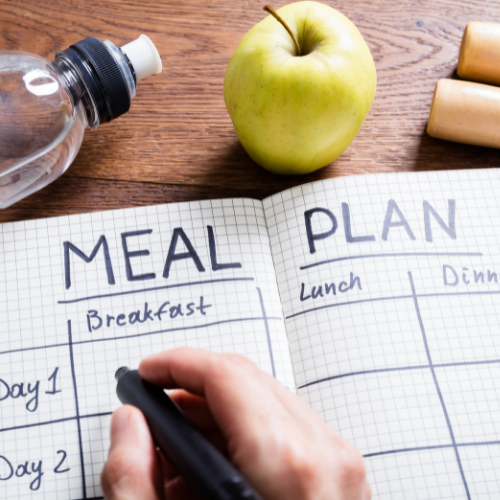
Photographed by Andrey Popov. Image via Shutterstock.
1. Meal Plan
How often do you reach into your fridge, only to find a bunch of wilted greens or a punnet of moulding strawberries? Let’s face it, it’s too often. Taking some time at the end of each week to plan next week’s menu will ensure our fridge is only filled with what we really need. This helps us make more efficient use of leftovers and calls for fewer trips to the supermarket, reducing greenhouse gas emissions and lowering the likelihood of impulse buying. In the meantime, let’s not forget the freezer or the pantry – its contents don’t last forever either, so up your zero-waste-game by making a list of what’s in there and pinning it on your fridge’s door.
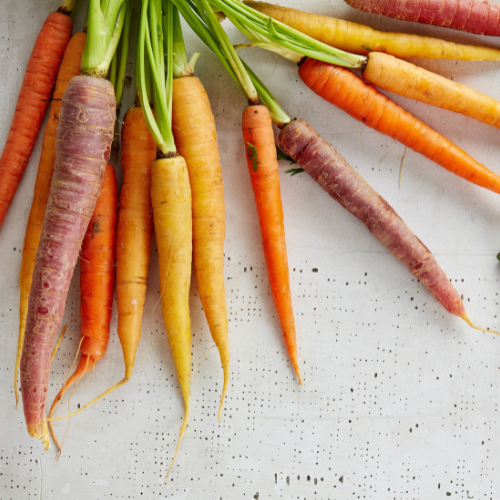
Photographed by Gabriel Gurrola. Image via Unsplash.
2. Use the Whole Plant!
Did you read that in Masterchef’s Jock Zonfrillo’s voice? Your time starts now—we’re looking for the most innovative dish-up of ways to make use of the whole plant. Although making vegetable stock is one of the more traditional ways of getting the most out of your leftover fresh produce at home, rumour has it that banana-peel-infused water makes a great fertiliser for indoor plants! Feel free to get creative and don’t forget to have some fun along the way.
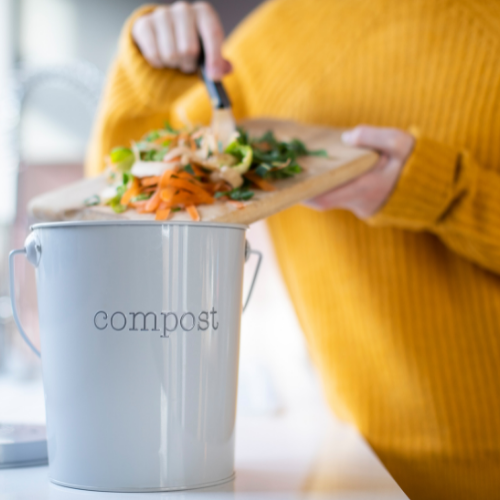
Photographed by Daisy Daisy. Image via Shutterstock.
3. Start Composting
Learn this simple process or invest in the right type of compost bin for your backyard or courtyard and you’ll have the grass greener on your side in no time – literally. If gardening isn’t your thing or you simply don’t have the space, rest assured; there are still things you can do to stop the planet from walking on eggshells. Several Australian states and councils accept organic waste in their green-lidded kerbside collection bins, and the list of what you can toss is a rather extensive one. Check with your council to confirm their participation and if all else fails, there’s always a friend of a friend with animals to feed in their backyard!
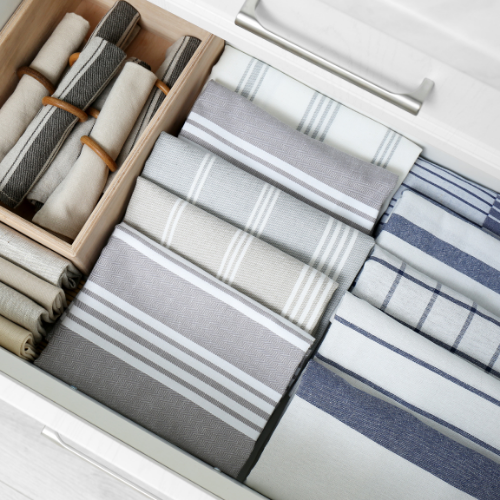
Photographed by New Africa. Image via Shutterstock.
4. Farewell, Paper Towel
Spills in the kitchen are a daily chore, which means our method of mopping them up has a rapid impact on the environment. Paper towels don’t recycle well, and contribute to deforestation one roll at a time. You can help reduce this footprint by using tea towels instead, and even add a funky touch to your kitchen by making some of your own with your old clothes! However, if you’re not big on doing laundry, becoming a kitchen cloth convert can take you a bit of time. Make this a gradual switch by looking out for responsibly sourced paper towels where you can put them in your compost bin if you haven’t used them to wipe chemicals.
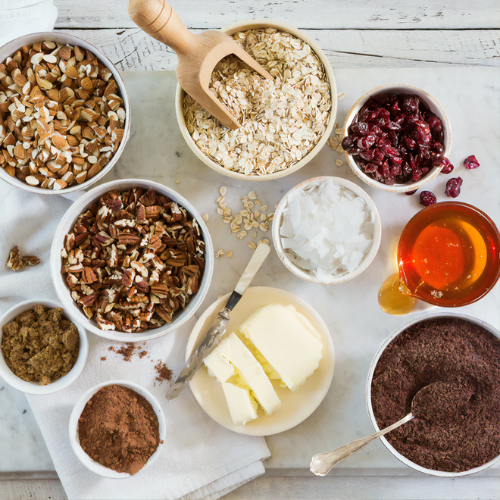
Photographed by American H. Chocolate. Image via Unsplash.
5. Make Things Yourself
Although the pandemic caused a spike in the number of artisan bakers on a global scale, our busy lifestyles are surely getting the better of us once more, and we’re running thin on the time and patience to create starters or discover the recipe for the perfect Greek yoghurt. But we all have snacks we can’t do without, or pantry staples that really don’t call for a whole lot of culinary skills to make. Try your hand at making your own muesli bars, granola, hummus, peanut butter or tortillas, and note how much plastic you’re saving from landfills by avoiding the packaging of their store-bought versions.
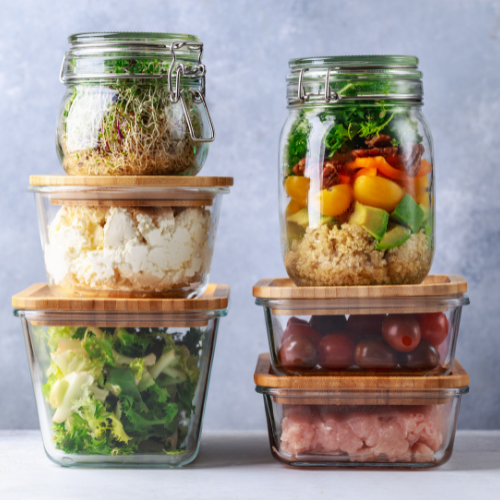
Photographed by Angelina Zinovieva. Image via Shutterstock.
6. Opt for Glass Containers
Glass storage containers not only create Instagram-worthy pantries, but are also 100 per cent recyclable and can be recycled endlessly, as opposed to their plastic counterparts, which lose quality and have to be ‘downcycled’ into fibres such as carpeting or clothing. Glass containers also have nonporous surfaces which means they don’t absorb food particles, smells and chemicals, and can withstand higher temperatures than plastic, making it healthier to store or reheat meals in.
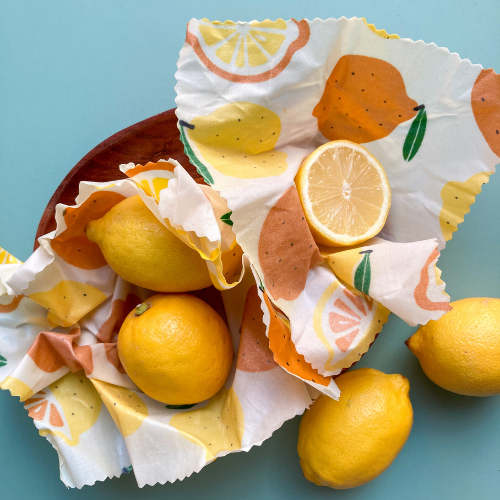
Photographed by Chanitada. Image via Shutterstock.
7. Bee Ethical
Not only do bees practically run the ecosystem, they’ve now taken the time from their bee-sy schedules to help you save the planet. One of their latest inventions, beeswax wraps, are one of the best alternatives you can find to the conventional cling wrap. Not only are they reusable to reduce waste and save you money, they’re also biodegradable and help keep food fresh for longer. Besides, with all the colours and patterns you can find them in, going green has never been funkier!
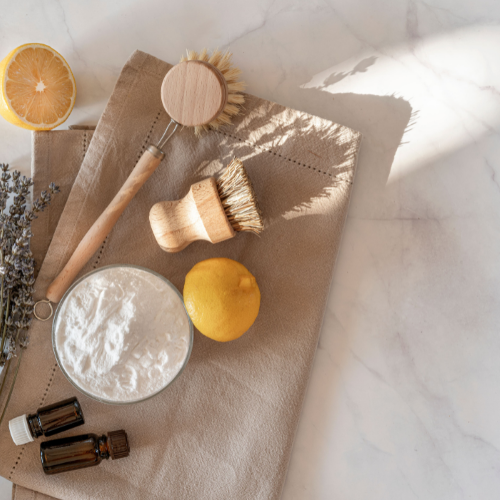
Photographed by Juliaap. Image via Shutterstock.
8. Eco-Friendly Cleaning Products
We know, quick and easy fixes for annoying house chores are appealing. But the colourful bottles with promising slogans lining supermarket shelves are usually cocktails of chemicals that are harmful for both the planet and our health. Eco-friendly cleaning products are gentler on the environment, do not contribute to smog or pollute waterways, and are packaged responsibly. If you want to run the extra mile, some vinegar, baking soda and your favourite essential oil is great for those looking to create their own cleaning solutions. Otherwise, we’ve found five sustainable cleaning products for the home here.
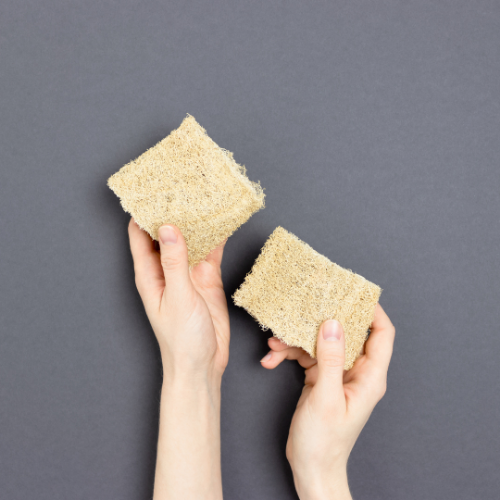
Photographed by Rorygez Fresh. Image via Shutterstock.
9. Swap your Sponges
Not only do conventional sponges have short lifespans and shed microplastics with every use, they’re also a greater reservoir of bacteria than your toilets. Which means despite the recommended daily sanitisation (which most of us don’t have the time for) they’ll never be more than 60 per cent disinfected. So by opting for cleaning pads made of fabric or biodegradable fibres, you can keep your kitchen clean without contributing dozens of sponges that will sit in your landfill for centuries every year, and reduce your risk of exposure to bacteria borne illnesses.
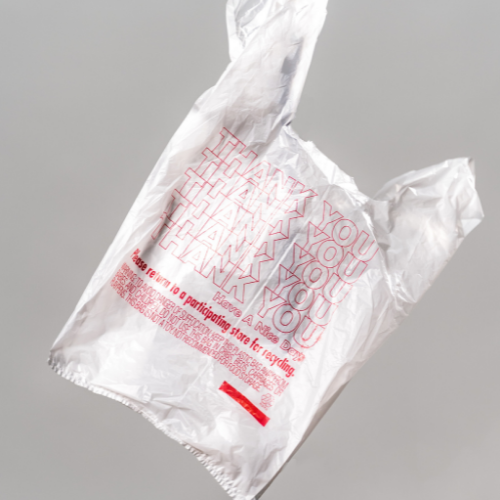
Photographed by Christopher Vega. Image via Unsplash.
10. Recycle Plastics with REDcycle
Don’t let your shopping cost the Earth. Partnering with several Coles and Woolworths stores across Australia, REDcycle has collection bins for soft plastics you can’t throw in your kerbside recycling bin, simply because they jam the automated machines used to sort them. Accepting anything from cereal box liners to zip lock bags, the REDcycle program recycles over 3 million pieces of soft plastic every day transforming them into fitness circuits, outdoor furniture, bollards and more. So get familiar with the nearest participating store and let the giant bag of plastic hauled over your shoulder spark the right conversations.

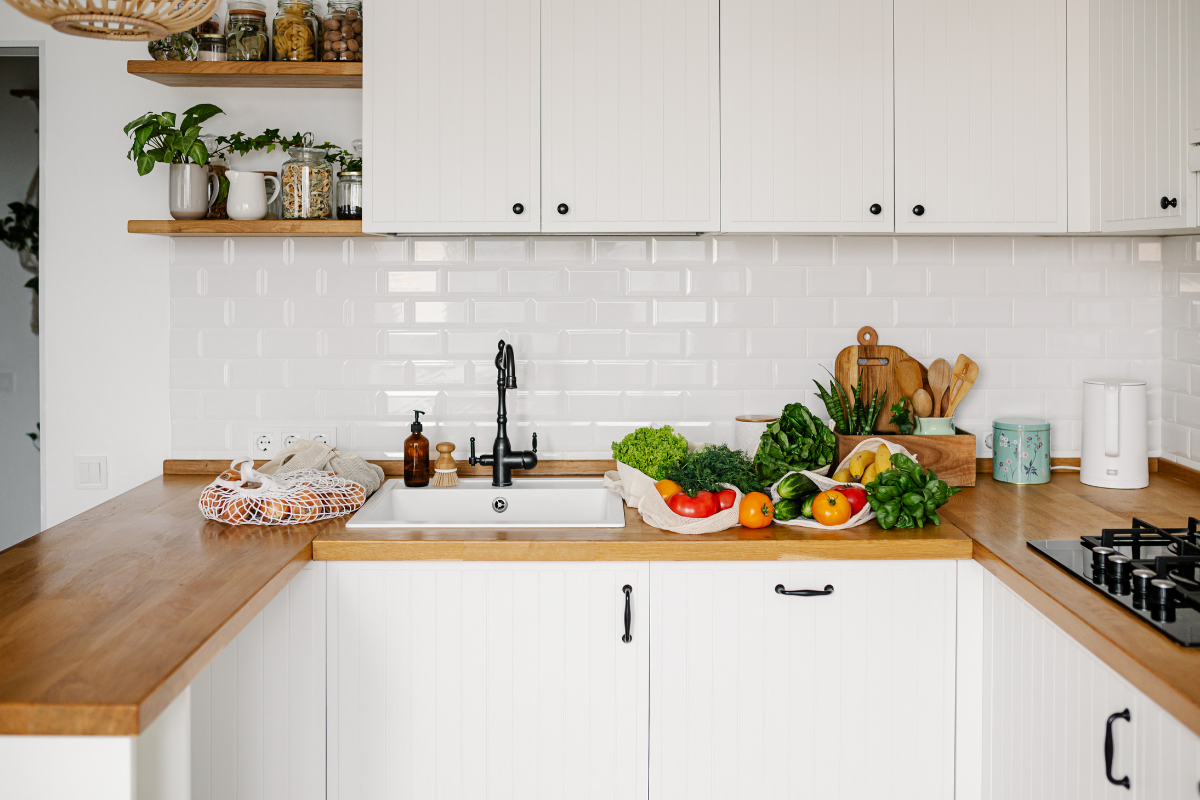

Starting with the heart and the hub of every home, these 10 easy tips we’ve designed will guide you through creating simple changes you can make in your kitchen that will add up to make a difference before you know it.